Louise Cummings052188845X, 9780521888455
Table of contents :
Cover……Page 1
Half-title……Page 3
Title……Page 5
Copyright……Page 6
Contents……Page 9
Preface……Page 11
Acknowledgements……Page 13
1.1 Introduction……Page 15
1.2 The scope of clinical pragmatics……Page 18
1.3 The emergence of clinical pragmatics……Page 23
1.4 Concepts and theories in pragmatics……Page 26
1.4.1 Speech acts……Page 27
1.4.2 Implicatures……Page 28
1.4.3 Presuppositions……Page 30
1.4.4 Deixis……Page 31
1.4.5 Context……Page 32
1.4.7 Conversation……Page 35
1.4.8 Discourse……Page 37
1.4.9 Relevance theory……Page 38
1.4.10 Cognition and pragmatics……Page 40
1.5 The multidisciplinary nature of clinical pragmatics……Page 43
1.6 Primary and secondary pragmatic disorders……Page 46
1.7 Pragmatic deficits and pragmatic preservation……Page 48
Notes……Page 49
2.1 Introduction……Page 54
2.2 Developmental language disorder……Page 56
2.3 Autistic spectrum disorder……Page 67
2.4 Emotional and behavioural disorders……Page 74
2.5 Mental retardation……Page 81
Notes……Page 90
3.1 Introduction……Page 102
3.2 Left-hemisphere damage……Page 104
3.3 Right-hemisphere damage……Page 110
3.4 Schizophrenia……Page 114
3.5 Traumatic brain injury……Page 118
3.6 Neurodegenerative disorders……Page 122
Notes……Page 126
4.2 Cognitive theories of autism……Page 132
4.2.1 Theory of mind (ToM) theory……Page 133
4.2.2 Weak central coherence (WCC) theory……Page 135
4.2.3 Executive function (EF) theory……Page 136
4.3 The relationship between cognitive theories……Page 137
4.4 The criterion of pragmatic adequacy……Page 139
4.5 A pragmatic challenge to cognitive theories……Page 142
4.6 The validity of pragmatic adequacy……Page 148
Notes……Page 149
5.1 Introduction……Page 153
5.2 Pragmatic theory……Page 156
5.2.1 Relevance theory……Page 157
5.2.2 Modular pragmatics……Page 162
5.3 Cognitive theory……Page 172
5.3.1.1 Modular ToM……Page 173
5.3.1.2 Simulation theory……Page 178
5.3.2 Executive function deficits……Page 182
Notes……Page 184
6.1 Introduction……Page 191
6.2.1 Pragmatics profiles and checklists……Page 194
6.2.2 Pragmatics tests……Page 199
6.2.3 Conversation analysis……Page 201
6.2.4 Discourse analysis……Page 205
6.3 Pragmatic language intervention……Page 209
6.3.1 Conversation skills……Page 211
6.3.2 Social communication……Page 216
6.3.3 Pragmatic skills training……Page 218
6.3.4 Teaching theory of mind……Page 221
Notes……Page 223
7.2 The domain of pragmatics……Page 230
Error 1: treating nonverbal behaviours as pragmatic……Page 232
Error 2: attributing communicative intentions where none exist……Page 234
Error 3: missing the pragmatic point of an exchange……Page 236
Error 4: distorting the notion of context in pragmatic interpretation……Page 238
7.4 Implications for the management of pragmatic disorders……Page 243
7.4.1 Pragmatic language assessment……Page 244
7.4.2 Pragmatic language intervention……Page 251
7.5 Overcoming problems of definition and delimitation……Page 257
Criterion 1: language must be at the centre of an account of pragmatics……Page 258
Criterion 2: reasoning is integral to language pragmatics……Page 259
Criterion 3: pragmatics needs a principle of charity……Page 260
Criterion 4: pragmatics always involves the intention to communicate……Page 262
7.6 Conclusion……Page 263
Notes……Page 264
Bibliography……Page 270
Index……Page 313
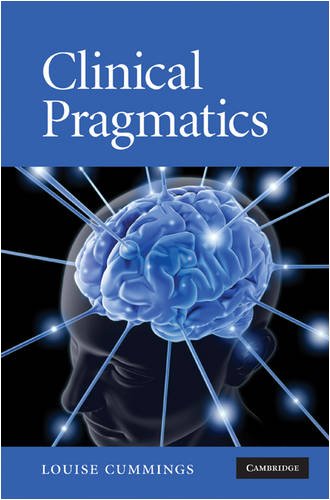
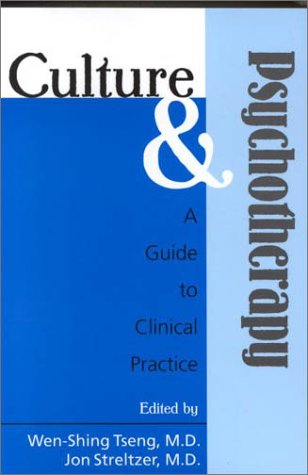
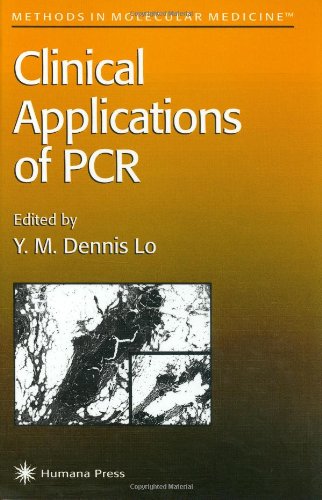
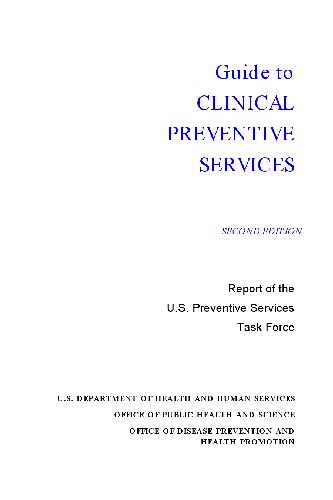
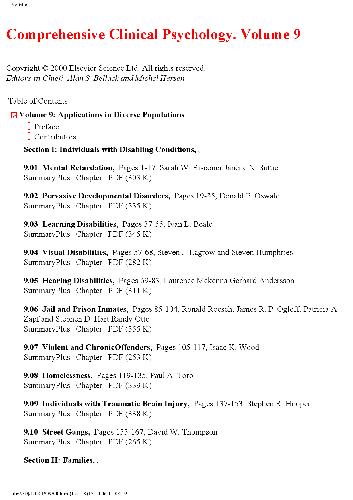
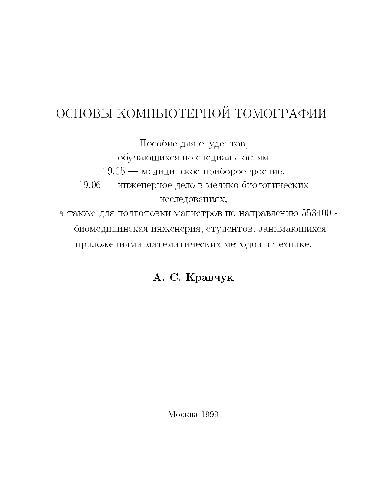
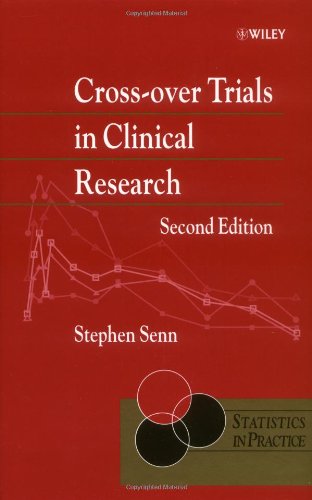
Reviews
There are no reviews yet.